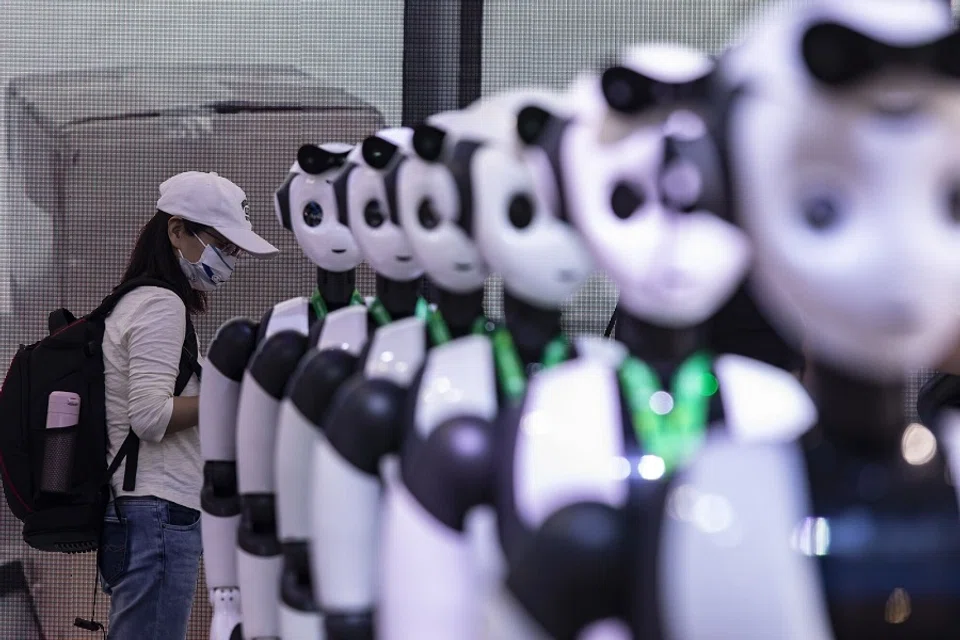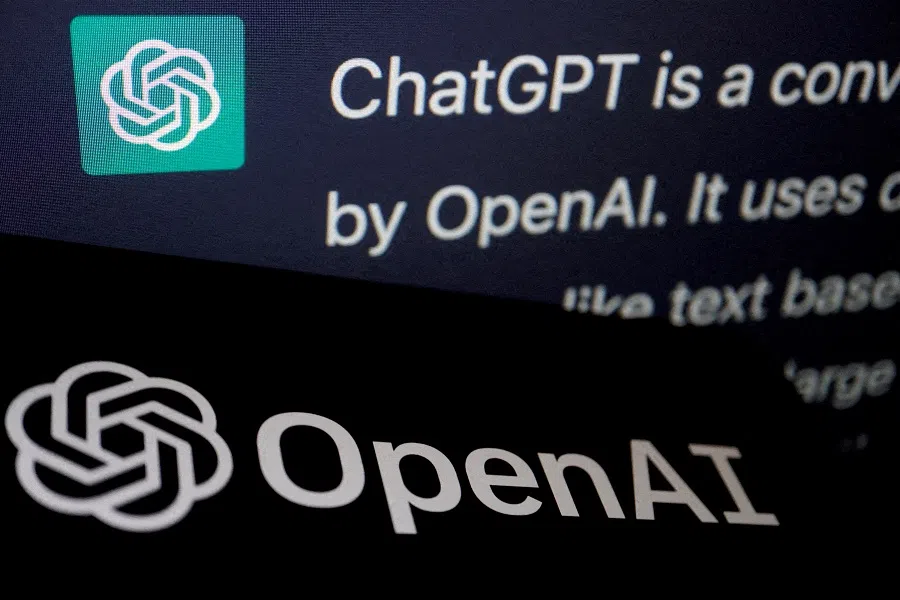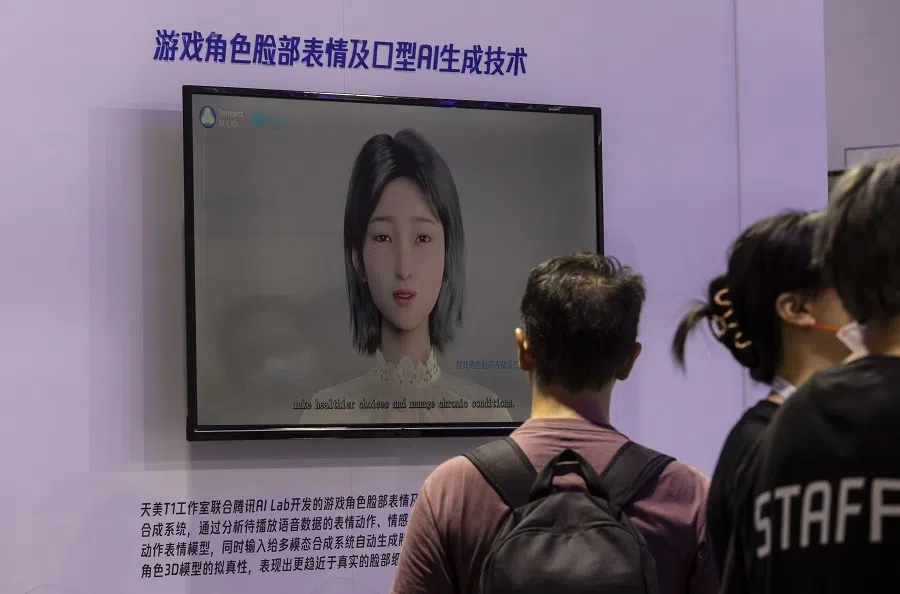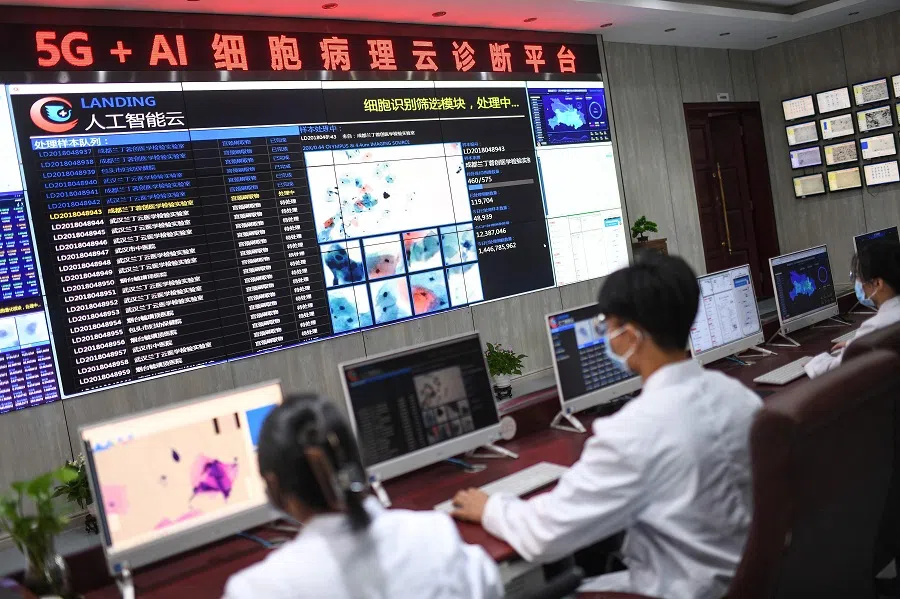China's strides in AI: Promising but not without its challenges
While China and the West have different strategic visions, they face the common challenge of tackling pitfalls and regulatory challenges while embracing the potential of AI, says Chinese academic Zhang Tiankan.

Amid a global ChatGPT craze, not only are users enthused but a trend for AI startups has swept across China. Over 80 generic large language models (LLMs) were launched in the first six months of 2023, prompting Professor Xiao Yanghua of Fudan University to say that LLMs are making a "great leap forward".
But objectively speaking, at a time when global technological development is in the doldrums, no one can guarantee that generic LLMs - the latest craze - will take off. Amid the overall landscape of shrinking investments, most investors hope for ventures that involve fast implementation, industrial integration and practical gains, unlike the situation in 2019.
To bring AI products quickly and smoothly to market, developers at the forefront of AI development must count on two "heroes": one, a great mind and unique ideas, and two, avenues to showcase their talent.
The difference is that ChatGPT heavily targets consumers, while China's AI sector focuses on businesses. The latter is often more willing to pay.
B2C versus B2B
The first "hero" refers to strategic vision. It appears that both Chinese and foreign developers are adopting similar strategies or even tactics. The difference is that ChatGPT heavily targets consumers, while China's AI sector focuses on businesses. The latter is often more willing to pay.

This is because generic LLMs are currently unable to fully meet the demands of vertical markets and the conditions for commercialisation have yet to mature; at the same time, the larger the number of individual users, the higher the business costs. On the contrary, industry-oriented LLMs are practical and also reduce costs; unique industry and enterprise data can also be used to create AI models that users want to use and can use.
These LLM applications have a clear goal: to reduce costs and increase the efficiency of small and medium-sized enterprises...
The second "hero" refers to whether there are avenues for AI developers to showcase their talent. The answer is yes. These areas include politics, healthcare, education, finance, telecommunications, manufacturing, industry, corporate marketing, logistics, and so on. Furthermore, compared to the ChatGPT applications, industry-oriented LLMs may have greater benefits because enterprises do not need generic AI to meet most of their demands; choosing the right model at a reasonable cost is what enterprises and consumers should consider.
The majority of Chinese enterprises are already focusing on industry-oriented LLMs targeted at businesses. Tencent, for one, has recently launched several industry-oriented LLMs such as Tencent Meeting (internationally known as VooV Meeting), Tencent Qidian and Tencent Cloud businesses, covering customer service, data analysis and software development functions. These LLM applications have a clear goal: to reduce costs and increase the efficiency of small and medium-sized enterprises by designing applications based on real needs and connecting directly to businesses.
Deep learning, for example, has already been applied to the medical field to a certain extent.

While the latest AI breakthroughs derive from the emergent abilities of LLMs, this does not mean that alternative pathways to AI development are blocked.
Potential in other applications
Deep learning, for example, has already been applied to the medical field to a certain extent. On 1 June, Tencent's health unit received Class III approval from China's National Medical Products Administration for its AI-assisted diagnostic software for colonic polyps. Apart from Tencent, Chengdu's Wision Medical Device Co. Ltd. and Wuhan's Endoangel Medical Technology Co. Ltd. have also received approvals.
The problem presented to these AI software applications is how to improve the standard treatment for colon polyps and cancer as basic colonoscopies could miss a diagnosis depending on factors such as doctor expertise and variance in the colon polyps detected. AI could help provide a more accurate analysis, augmenting the doctor's diagnosis, so as to improve the polyp detection rate and to determine whether the polyps are benign or malignant.

These products would mainly be used to detect adult colon polyps, helping to mark out the suspected polyp areas in the images shown in the electronic endoscope device's video output. Such technology could benefit tens of millions of people.
Only AI can defeat AI; AI softwares could be used to verify AI scams, fake news and deepfakes.
Deepfakes a concern
However, the rapid development of AI has also brought about AI scams, fake news and deepfakes. For example, the education industry was concerned when ChatGPT was launched. Many colleges around the world have banned students from using ChatGPT to prevent plagiarism and fraud among students, teachers and educational practitioners. The publishing industry is also worried that many soon to be published books could be plagiarised. This February, OpenAI's chief technology officer Mira Murati also told Time magazine that ChatGPT "may make up facts".
Only AI can defeat AI; AI softwares could be used to verify AI scams, fake news and deepfakes. Public governance challenges are thus laid bare before regulatory agencies. How tech enterprises may become the mainstay of pluralistic governance and contribute their expertise may be a similarly pressing issue to tackle.
Development and security, consumer- and industry-oriented, LLMs and deep learning... These sets of seemingly divergent pathways actually need to be viewed as a whole. China is a massive country that must take fast and steady strides at the same time. History has already taught us that rushing to make a "great leap forward" is not a good thing and must be cautioned against.





